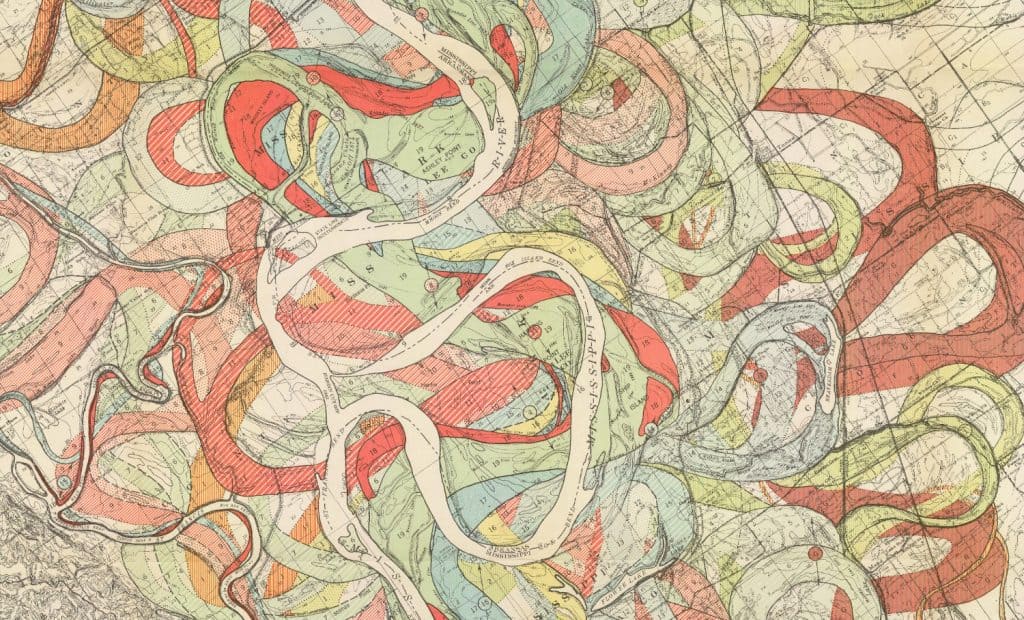Wellbeing, peace and happiness are hidden in plain sight, in the ever-present flow of experience itself, always right here and right now.
I recently completed an intensive, 30 day silent meditation retreat in California following a very strict Burmese Buddhist lineage, with formal sessions totaling sixteen and a half hours per day.
Each day began at 4am with the gentle sound of a bell signaling the start of another day of meditation. Each day was another opportunity to delve deep into the intricacies of my own mind.
When people ask “how was it?” I struggle to come up with an answer that seems to satisfy the person asking. “The water pressure was excellent” feels more genuine than any of the other responses I’ve come up with.
Flippant, you say? Yeah, maybe, but I’m good with that. Would I do it again? Absolutely!
This experience allowed me to appreciate not just the act of meditation itself, but also the subtle experiences of life that often go unnoticed. Even the act of drinking tea became a ritual, filled with moments of mindfulness. The aroma rising from the cup, the warmth against my hands, and the taste that lingered on my tongue became sources of joy and reflection.
As I get older, and meditate more intensively, I’m just blown away how every tiny little piece of what’s happening in this moment right now is an absolute miracle; this tapping of this keyboard and this upcoming sip of tea- ahhh.
The happiness of well-being
This line of thought leads to a deeper understanding of why we seek out such retreats. Meditation, at its core, is not merely an escape from our woes, but a way to confront and understand them. Many people join retreats with the hope of achieving clarity on pressing issues, emotional turmoil, or existential questions.
Yet, what I discovered was that clarity often arises from letting go of the need to control or understand anything. It is about surrendering to the flow of experience.
Surrendering into the wellbeing of every moment.
To say my time in retreat was somehow more powerful or more special than this moment right now really misses the mark.
So why did I go there, if the water pressure in this bathroom here is just as excellent?
Many of us are attracted to meditation to get over something, like anxiety, or to explore altered states for all sorts of reasons. We all have all manner of issues that at times can seem really heavy and serious, unbearable even.
But when I take a close look, whatever shows up in awareness is always dissolving and vanishing, constantly shape-shifting like some Marvel character.
Furthermore, this understanding leads to the realization that the challenges we face are often transient. They come and go, much like waves in the ocean. Each emotion, each thought, is like a wave that rises, crests, and eventually falls away. By observing this process without attachment, we cultivate a sense of spaciousness within ourselves.
The wellbeing of every moment is dripping with contentment.
When I try to hold on to something to seemingly deal with it, it feels like I’m trying to pin a tail on a space donkey.

The historical Buddha appears to never tire of emphasizing that no-things ever actually form long enough to even be impermanent.
Yet, here we are, often feeling stuck. But stuck in what?
The experience was also a reminder of the importance of community and shared practice. Each participant in the retreat was on their journey, yet we were all interconnected through our shared silence and intention. The simple act of sitting together in silence created a powerful energy that was both comforting and enlightening. We were each like threads in a larger tapestry, contributing to a collective experience of healing and growth.
It’s precisely because nothing survives even for an instant, when we really look with focused awareness, that we’re never actually ever stuck. No matter how complicated and difficult our circumstance feels, it’s always just this.
I love Pink Floyd’s song from their 1975 album “Wish You Were Here” – Shine On You Crazy Diamond. No matter how complex and difficult, it’s always just this crazy diamond of reality as it is right now, shining a light that seems solid and real …
My time in the retreat grounded me in the present moment. Each second felt like a precious gift, and I learned to appreciate the subtle nuances of existence. It became clear that joy doesn’t always need to be flashy- sometimes, it’s found in the stillness between each thought, in the breath that nourishes our being, in the appreciation of a gentle breeze or the sound of rustling leaves.
The lessons learned during those long hours of meditation extend far beyond the retreat. They seep into daily life, influencing how I interact with challenges and how I perceive joy.
The practice encourages a gentle inquiry into the nature of suffering and happiness, inviting us to explore both with compassion. In this exploration, we often find that the answers we seek are already within us, waiting to be uncovered.
but is actually more like our beautiful Hawaiian rainbows, never staying the same, even if we gaze at it a second later.
What did I come away with from my long, often tedious hours of silent meditation?
Well, since you asked, it’s that phenomenal well being, peace and happiness are not the product of meditative huffing and puffing, but are always just right here, shining like a crazy diamond in plain sight, in the ever-present flow of experience experiencing itself, always right here and right now.
and that a good long, hard meditation retreat was just the thing to re-mind me of this incredibly beautiful state of affairs.
How wonderful, how marvelous!
Shine on you crazy diamond, not just in meditation, but in every facet of your life. Let this practice of mindfulness illuminate your path, guiding you toward a deeper understanding of yourself and the world.











